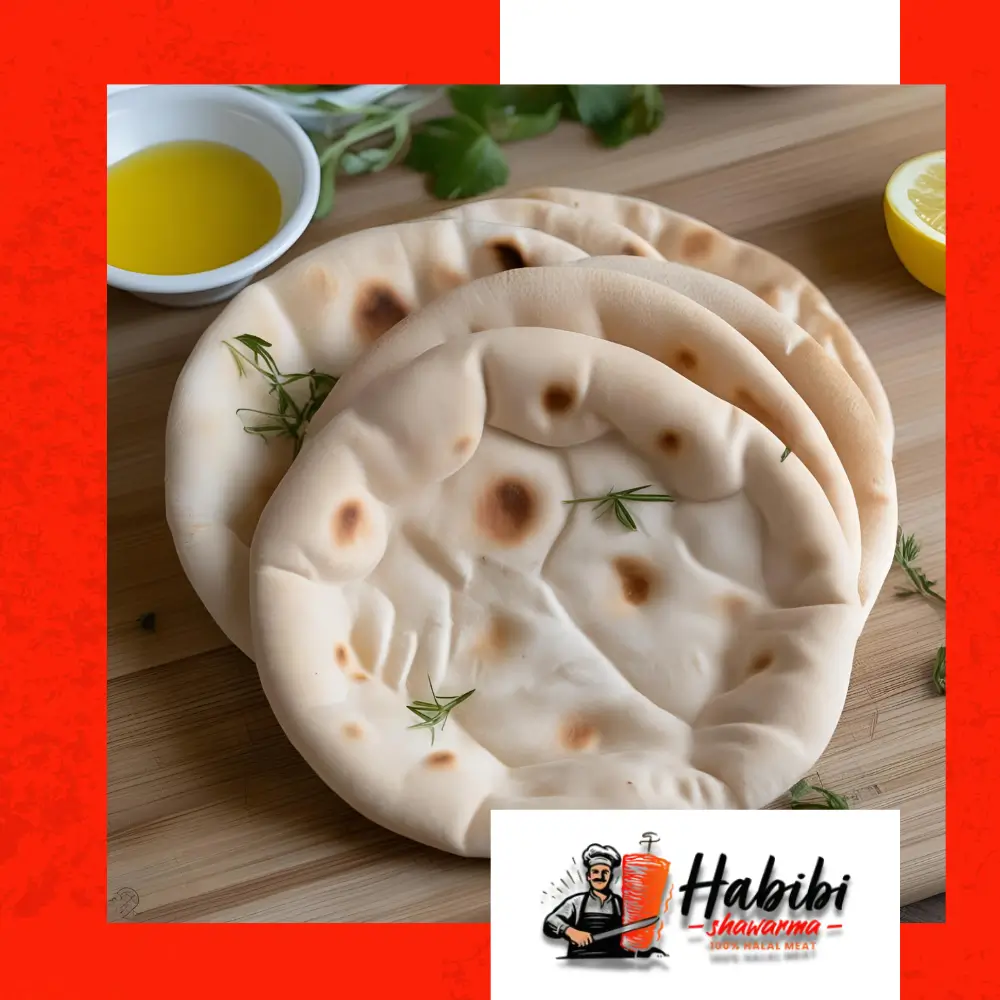Pita bread is a timeless symbol of sustenance, simplicity, and shared tradition. While it’s now a global favorite—stuffed with falafel, dipped in hummus, or crisped into chips—its roots run deep in the history of the ancient Middle East. From archaeological excavations to ancient manuscripts, the evidence reveals that pita bread was far more than just a food item. It was a vital element of daily life, economic trade, and cultural identity.
The Origins of Pita Bread in the Ancient World
The earliest forms of pita bread—round, leavened flatbreads—can be traced back over 4,000 years. Regions across the Fertile Crescent (modern-day Iraq, Syria, Jordan, and Israel) provide both material and written evidence of flatbreads that resemble today’s pita. These ancient breads were typically made from simple ingredients: ground wheat or barley flour, water, and sometimes salt or wild yeast.
Ovens discovered in Mesopotamian and Egyptian sites, such as clay taboons, were perfectly designed for baking flatbreads. These domed ovens could reach high temperatures quickly, allowing dough to puff up and form a pocket—just like modern pita. Bread was not just a household staple; it was baked in bulk and even used as currency in trade and wages.
Bread in Ancient Texts and Religious Writings
Historical documents further confirm the prominence of pita bread-style flatbreads in ancient life. Egyptian hieroglyphs depict people baking and serving round loaves. Sumerian cuneiform tablets mention different varieties of bread, including soft and thin ones used in rituals and daily meals.
In the Hebrew Bible and early Christian texts, bread appears frequently—both as physical nourishment and spiritual metaphor. Although pita isn’t mentioned by name, many scholars agree that the round, leavened loaves described were likely similar to pita bread, especially those baked and eaten quickly with dips, oils, and meats.
Daily Use and Cultural Integration
Pita bread was deeply embedded in the structure of daily life in ancient Middle Eastern cultures. It was used to scoop up stews, wrap herbs and meats, and act as a utensil for communal dining. In nomadic tribes and rural villages, pita was ideal: easy to transport, quick to bake, and adaptable to many foods.
Women were typically the bakers, and baking bread was a daily ritual that passed from one generation to the next. The aroma of fresh pita baking over hot stones or clay ovens was a familiar and comforting part of village life.
Economic and Social Value of Bread
In many ancient societies, bread was so essential that it had economic significance. Workers were often paid in loaves or grain. Markets regularly traded different types of flatbreads, and special varieties were prepared for festivals, religious ceremonies, or as offerings to deities.
This makes pita one of the earliest examples of a “functional food”—something that nourishes the body while also holding social and symbolic meaning.
Pita Bread’s Role in Regional Identity
Despite its widespread use, pita took on unique flavors and forms depending on the region. In ancient Israel and Palestine, the bread was typically softer and served with olive oil and herbs. In Egypt, it was slightly thicker and eaten with fava beans or lentils. This regional variation gave pita a dual role: a shared food of the Middle East, and a localized culinary signature that preserved cultural identity.
Continuity Through the Centuries
Perhaps the most remarkable thing about pita bread is how little it has changed. While the tools and techniques have modernized, the core recipe remains much the same. And its role in society—as a versatile, communal, and nourishing bread—continues to echo the values of the ancient cultures that first baked it.
Today, pita is enjoyed in homes and restaurants across the world, from traditional mezze spreads to fusion street food. Yet every time we tear a warm piece of pita, we are quite literally breaking bread with history.
Conclusion: A Lasting Legacy
Historical records and archaeological discoveries leave no doubt: pita bread played a crucial role in the daily lives, rituals, and identities of ancient Middle Eastern cultures. It served not just as sustenance, but as a symbol of hospitality, survival, and shared human experience.
As we continue to enjoy pita in its many modern forms, we carry forward a tradition thousands of years in the making—a reminder that even the simplest foods can have the richest stories.
READ MORE:
Historical Recipes and References: The Evolution of Pita Bread Over Time

